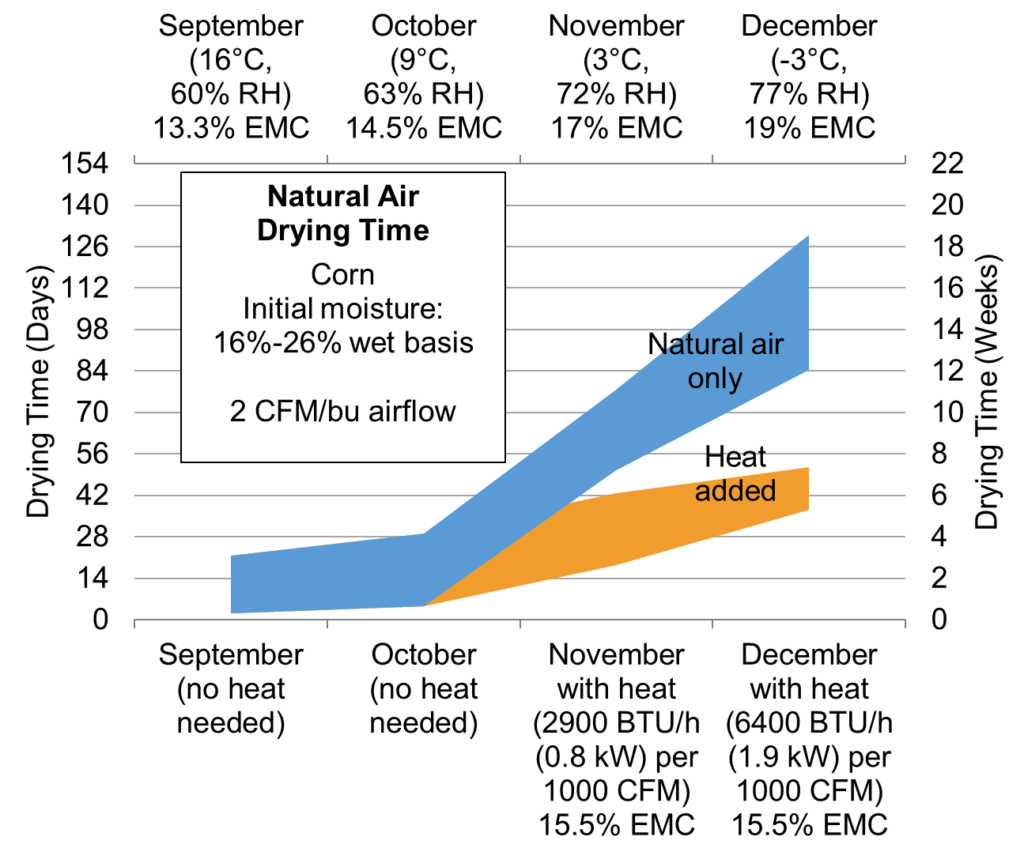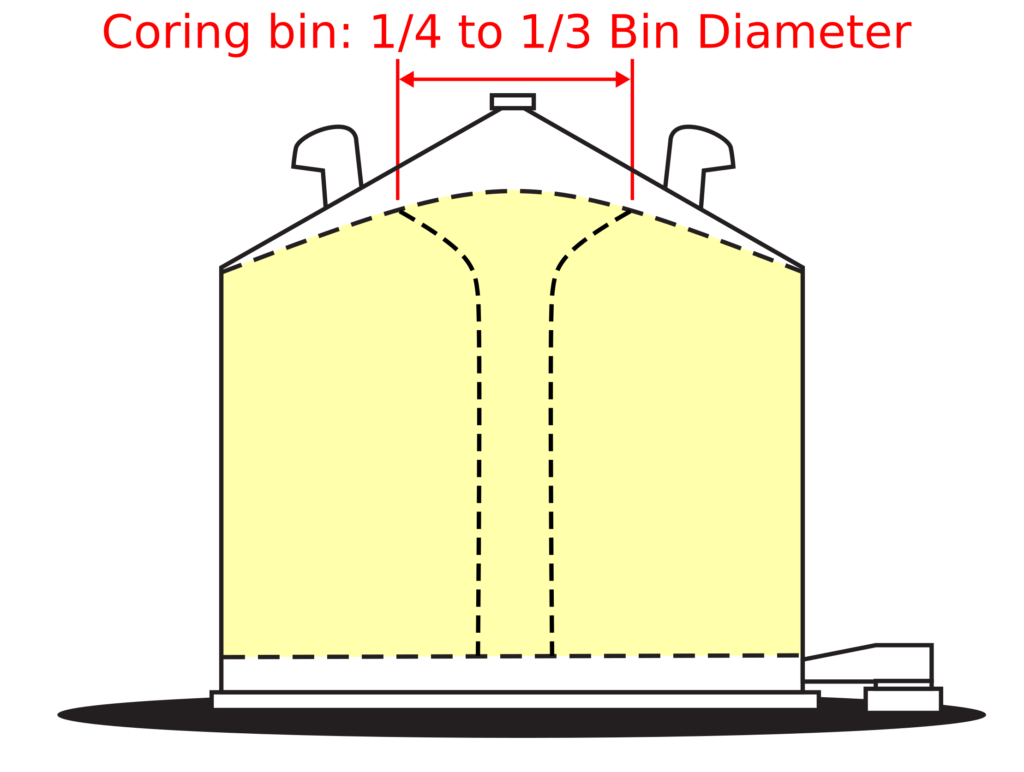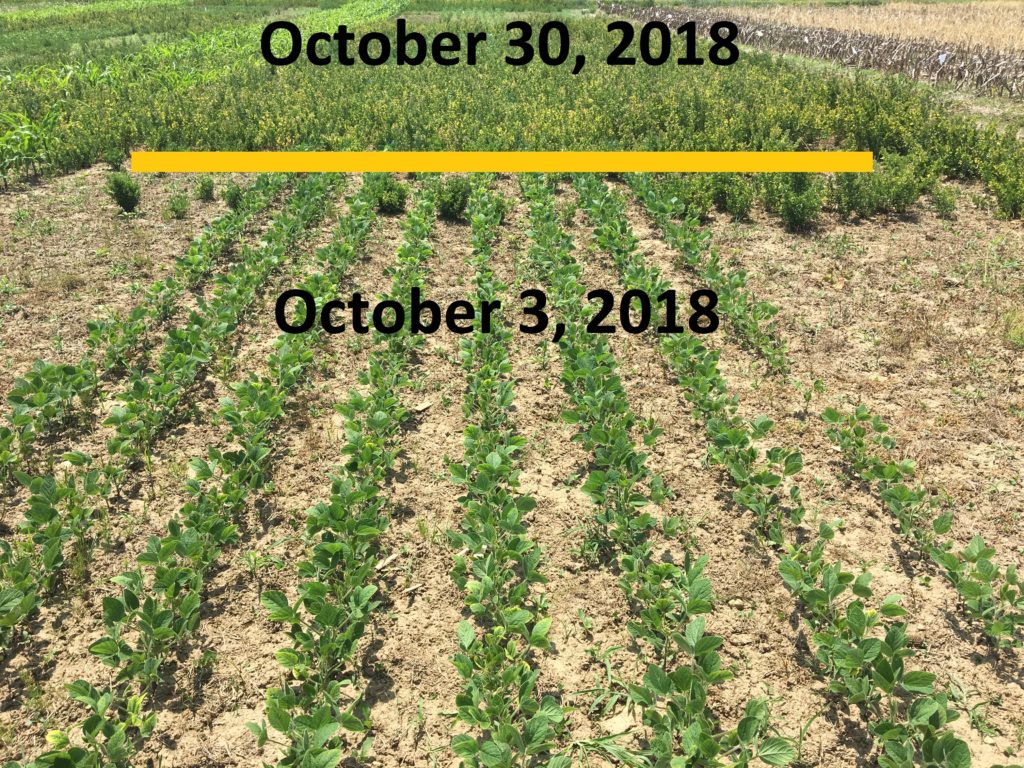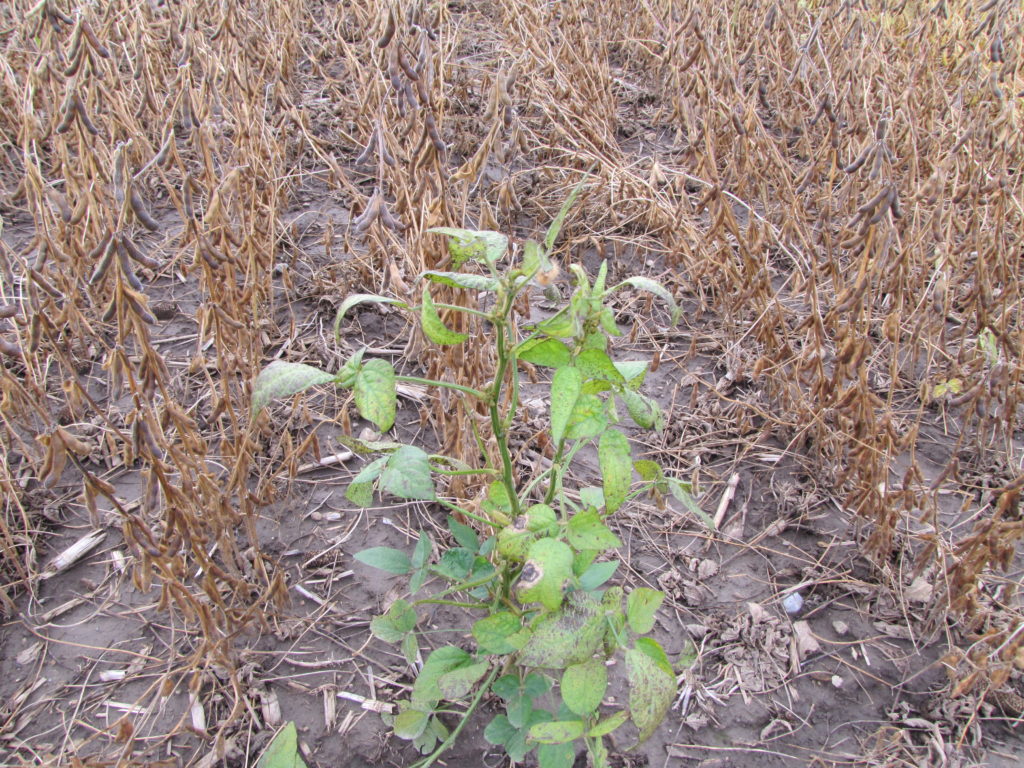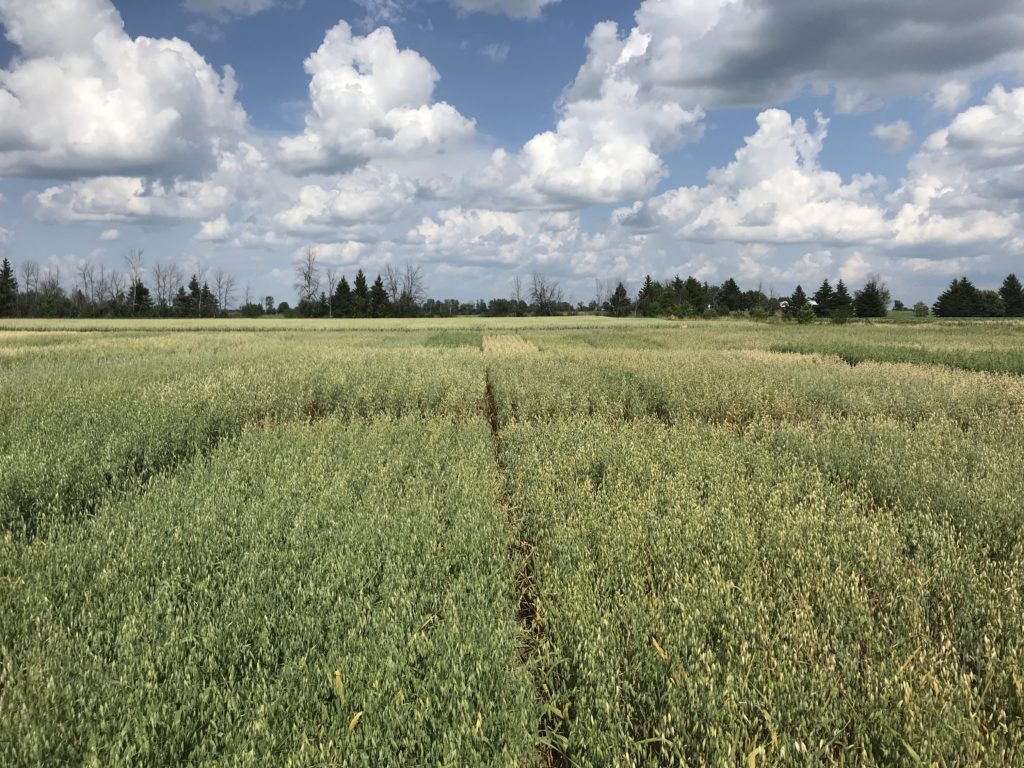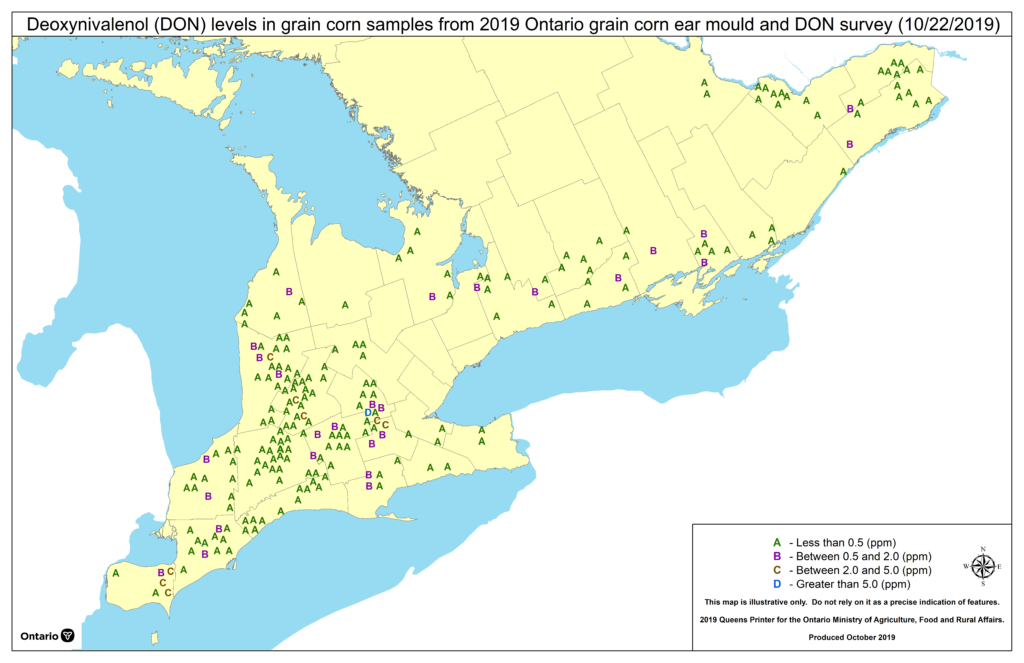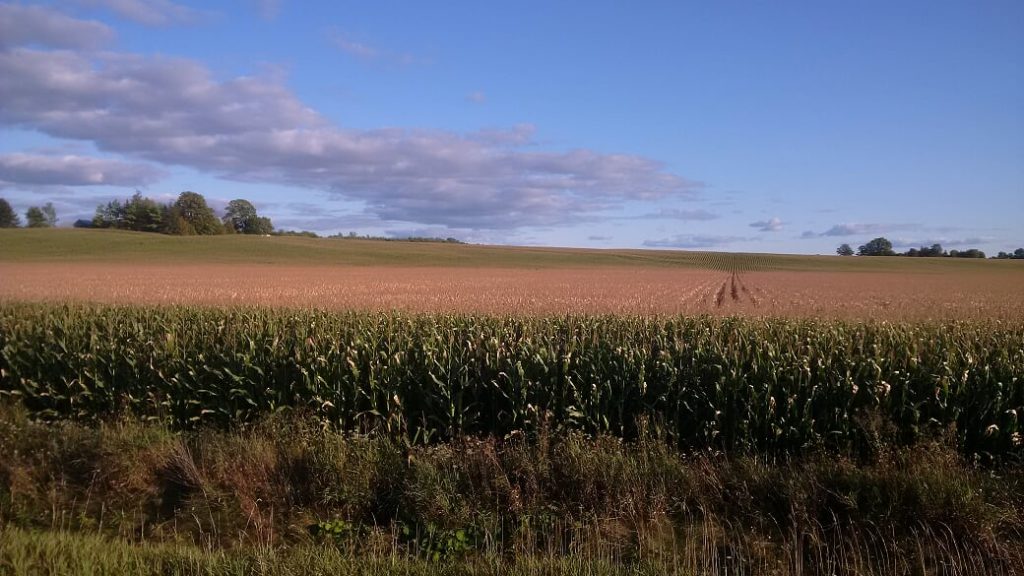2019 Dry Edible Bean Seasonal Summary

(This article updated on March 5, 2019 with yield data from Agricorp. See table at end of article) Planting and Growing Conditions Acreage of dry beans in 2019 increased approximately 20% over 2018 acreage, with notable growth in acres of white and adzuki beans. Challenging planting conditions for corn and soybeans were likely a factor […]
